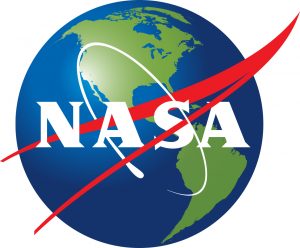As people celebrated the first Earth Day 50 years ago, NASA engineers and scientists were hard at work on a new remote sensing mission. While astronaut photos provided spectacular glimpses of our home planet in the vastness of space, and weather satellites showed clouds moving across oceans and continents, this new satellite would collect digital information on Earth’s surface at a much finer scale. It was called the Earth Resources Technology Satellite, or ERTS, and with it scientists could study forests, crop fields, urban areas and more – assuming they had the specialized, bulky devices needed to view an image.
 ERTS launched in 1972, and a few years later was given a new name that is much more familiar to today’s scientists, farmers, resource managers and urban planners: Landsat. The Landsat series of satellites has continued since then, providing a 48-year unbroken record of Earth’s land surface. The record will continue with the 2021 launch of Landsat 9, a joint mission between NASA and the U.S. Geological Survey.
ERTS launched in 1972, and a few years later was given a new name that is much more familiar to today’s scientists, farmers, resource managers and urban planners: Landsat. The Landsat series of satellites has continued since then, providing a 48-year unbroken record of Earth’s land surface. The record will continue with the 2021 launch of Landsat 9, a joint mission between NASA and the U.S. Geological Survey.
